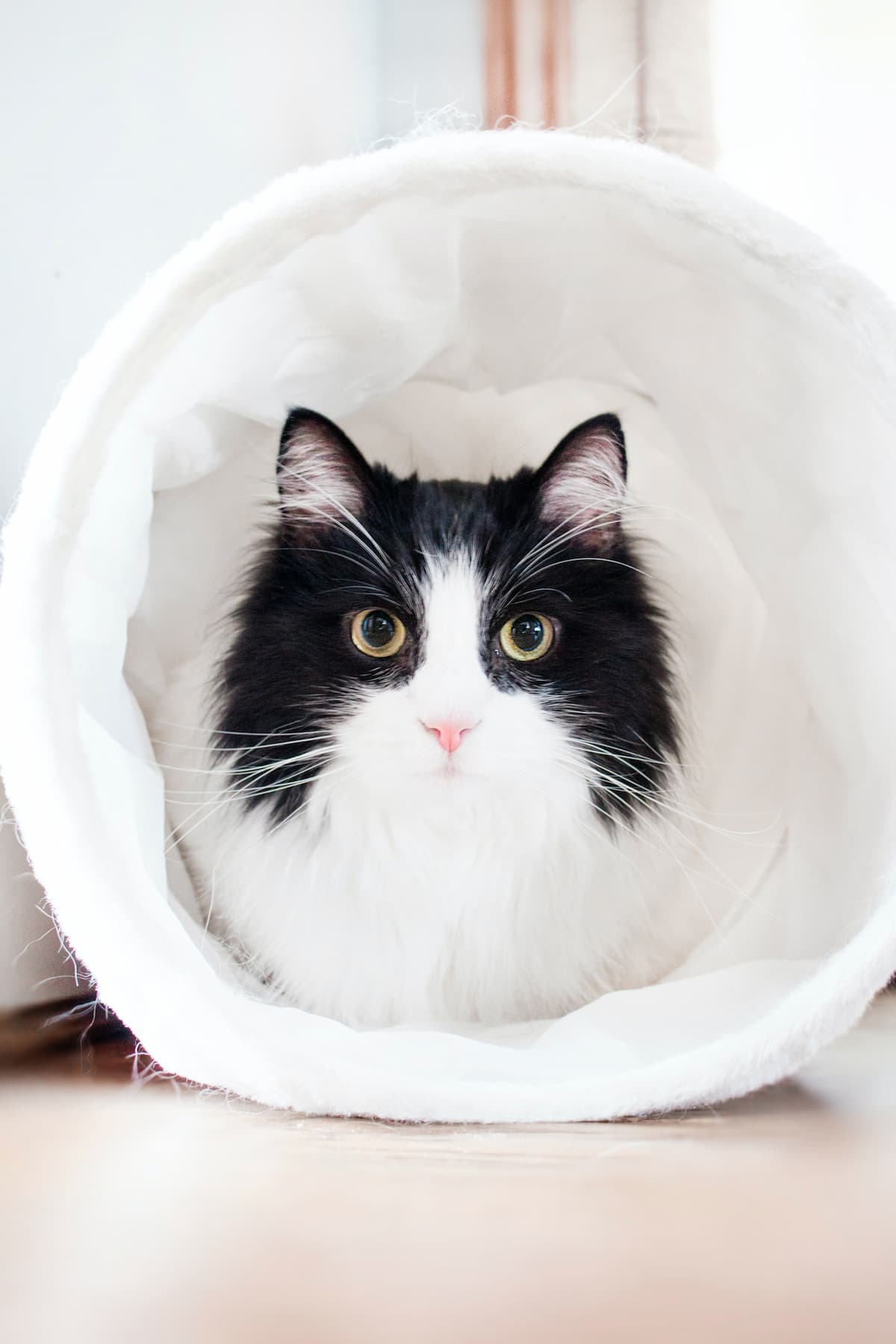Anesthesia and Patient Monitoring
Tranquilization and Sedation
If your pet gets anxious or upset in various situations, they may benefit from tranquilization or sedation. While sedated, your pet will stay awake or sleep lightly but can still be awakened when stimulated. We carefully assess each animal individually before we dispense these medications to ensure they’re a good candidate and will be safe.
Patient Monitoring
During procedures that require anesthesia, our team will diligently supervise your pet to ensure they’re as safe as possible. Our veterinary technicians will continually monitor your pet’s heart and respiratory rate, and other vital signs to help prevent any anesthetic risk.
General Anesthesia
Many procedures require your pet to be under general anesthesia so that he or she will be unconscious and not feel pain. It is completely normal to worry about your pet when it comes to general anesthesia, but we can assure you that modern anesthesia is safe. We also perform a physical examination and run blood work ahead of procedures to catch any underlying health issues. In addition, we follow a specific anesthetic protocol, including monitoring vital signs during the procedure, to ensure the safety of our patients.
Most general anesthetic procedures begin by administering a sedative to help the pet relax and decrease any anxiety. We then administer an intravenous drug to provide complete anesthesia and place a breathing tube into the patient’s trachea (windpipe). To maintain the state of unconsciousness, we deliver a gas anesthetic in combination with oxygen through the breathing tube.
Please contact us if you have any questions or concerns about your pet receiving general anesthesia or about the procedure for which your pet is scheduled.
Local Anesthesia
When your pet is having a minor surgery or diagnostic procedure performed, we may opt to use a local anesthetic to help control pain. Local anesthetics cause a loss of sensation in the area where the procedure is being performed. We will still use a sedative and/or anxiolytic (anti-anxiety medication) in combination with the local anesthetic to keep pets calm during a procedure in most scenarios.
Please contact us if you have any questions or concerns about your pet receiving local anesthesia or about the procedure for which your pet is scheduled.

